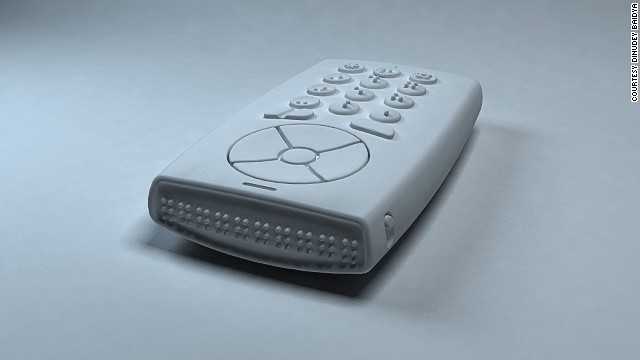For so many years, the talk of smartphones have revolutionized the way we interact with our world, we have had the world at our finger tips. We all remember those days when we had to cram into cyber cafes to check mails and engage in social networking, we remember those days when we had to carry bulky camera’s and computerized organizers. But these days, a simple pocket smart phone encapsulates all these features and much more into one simple pocket sized device, but with all of their advantages, smartphones still fall a little short for some — specifically, for those living with visual impairment.
While apps like Siri and SayText do offer a good deal of assistance, introducing “Mr Dagar” who had an idea for a more effective solution: a smartphone that’s specifically designed for people who have trouble seeing.
The phone, which has yet to be officially named, has a screen comprised of a grid of pins, which move up and down to form into Braille shapes and characters whenever an SMS message or email is received. It uses what’s called Shape Memory Alloy technology, so as each pin expands, it remembers and contracts back to its original flat shape.
In an interview, Dagar describes the phone as “[the] world’s first Braille smartphone … a companion more than a phone.”
Dagar, an interaction design graduate of the National Institute of Design (Kolkata), came up with the idea for the phone three years ago. He’s collaborating with IIT Delhi on the prototype, which is being tested at the LV Prasad Eye Institute. The team hopes to release the phone by the end of 2013, for about NGN 30,000.
When this finally becomes a reality, it would only be a dream to have the operating system such that not only is it built to help out with text messages and mails, but also for the basic operations of the mobile phone such as checking the weather, typing messages, reminders, appointments, reading online articles and checking web pages. If and when possible we are seeing a giant step being taken towards the realization of having at least 5 billion people on the internet by 2020.

